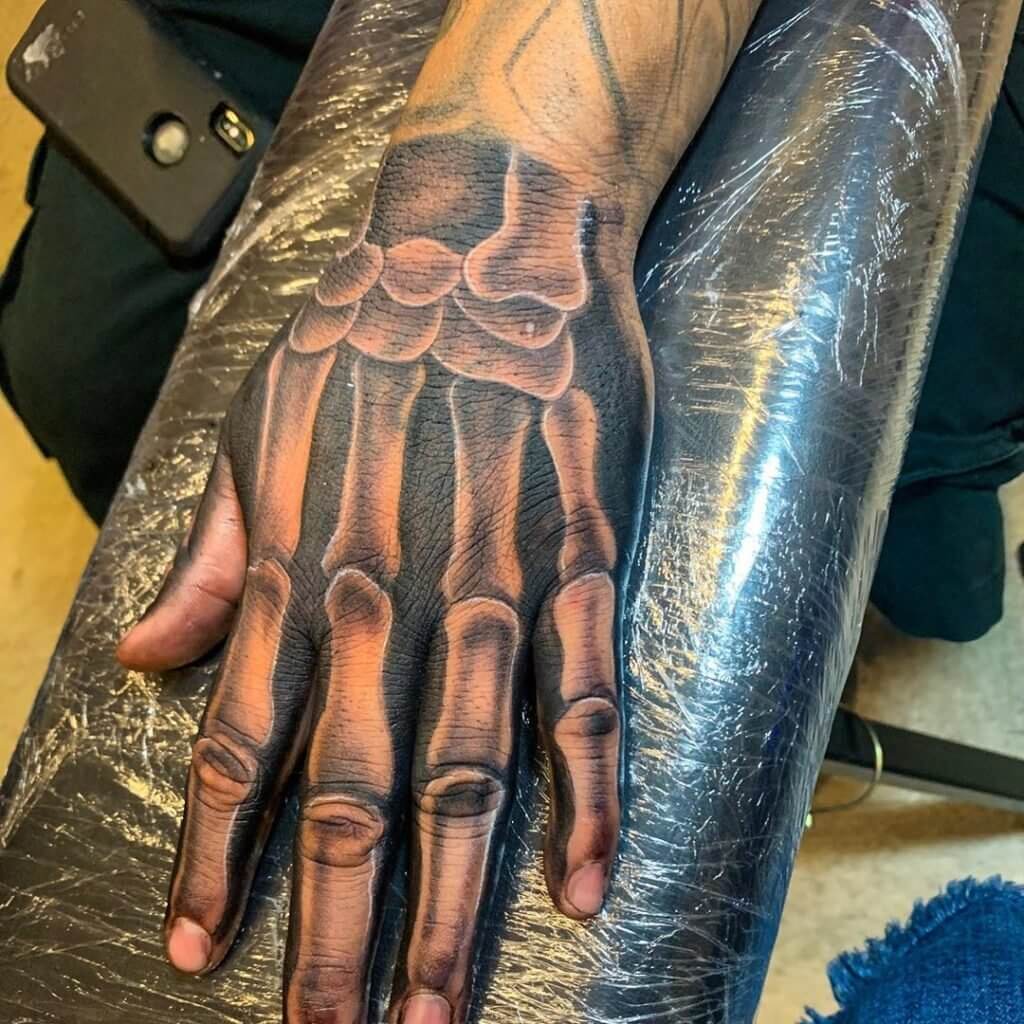
Alright, so you’re thinking about getting a hand tattoo, huh?
That’s awesome!
But I bet you’re also wondering, "What’s the best position to sit in for a hand tattoo?"
It’s a legit concern.
Comfort is key, both for you and your artist.
Trust me, an uncomfortable client makes for a longer, potentially less enjoyable session.
I’ve seen it all, from people practically falling asleep to others squirming so much the artist can barely hold still.
Let’s dive into how to make this process smooth.
Finding Your Zen: The Best Position for Your Hand Tattoo
Honestly, there’s no single "best" position.
It depends on the tattoo, the artist, and you.
But here’s the deal: communication is your superpower.
Talk to your artist beforehand!
Ask them what works best for the design and placement you’re after.
They’ve done this a million times.
They’ll have some solid advice.
Here’s what I usually recommend:
- Comfort is King (or Queen!): Seriously.
- If you’re not comfy, you’re gonna fidget.
- Fidgeting = unhappy artist = possibly wonky tattoo.
- Chair vs. Table:
- Sometimes a comfy chair with armrests is perfect.
- Other times, leaning over a table gives the artist better access.
- It really depends on the location of the tattoo on your hand.
- Adjustments are Allowed:
- Don’t be afraid to ask for breaks or to shift positions.
- A good artist wants you to be comfortable!
- I once had a client who needed to stand up and stretch every 20 minutes. No problem!
Specific Positions for Different Hand Areas
Okay, let’s get a bit more specific.
Different parts of your hand require different access.
- Top of Hand:
- Usually, sitting in a chair with your arm resting on a table works well.
- Allows the artist to work at a good angle.
- Palm of Hand:
- This can be tricky.
- Often, leaning forward over a table is necessary.
- Your artist might have you rotate your hand frequently.
- Fingers:
- Similar to the palm, a table lean might be needed.
- Be prepared for some awkward angles!
- Finger tattoos can be more painful, so staying relaxed is extra important.
- Wrist:
- A chair with arm support is often ideal.
- Keeps your arm stable.
Pro Tips for a Smooth Tattoo Session
Beyond the basic position, here are some extra things to keep in mind:
- Eat beforehand! Low blood sugar = shaky client.
- Stay hydrated! Drink plenty of water.
- Wear comfortable clothing! Nothing too tight or restrictive.
- Bring entertainment! Music, podcasts, a book (if you can hold it).
- Communicate! Seriously, talk to your artist.
I remember one time, I was getting a tattoo on my forearm.
I thought I was being tough, but I was actually tensing up the whole time.
My artist noticed and told me to relax my shoulder.
Instant difference!
Don’t be afraid to speak up.
What to Avoid
Now, let’s talk about what not to do.
- Don’t move unnecessarily!
- Don’t be afraid to ask for breaks, but don’t overdo it.
- Don’t be on your phone constantly! It’s distracting for the artist.
- Don’t bring a huge entourage! Keep it to one supportive friend, max.
FAQ: Hand Tattoo Positioning
- Q: Will my hand swell up during the tattoo?
- A: Possibly. It’s normal for some swelling and redness.
- Q: Can I take pain medication beforehand?
- A: Check with your artist and doctor first. Some pain meds can thin your blood.
- Q: How long will a hand tattoo take?
- A: Depends on the size and complexity. Talk to your artist for an estimate.
- Q: What’s the aftercare like?
- A: Your artist will give you specific instructions. Follow them carefully!
So, to wrap it up, finding the best position to sit in for a hand tattoo is all about communication, comfort, and a little bit of flexibility.


